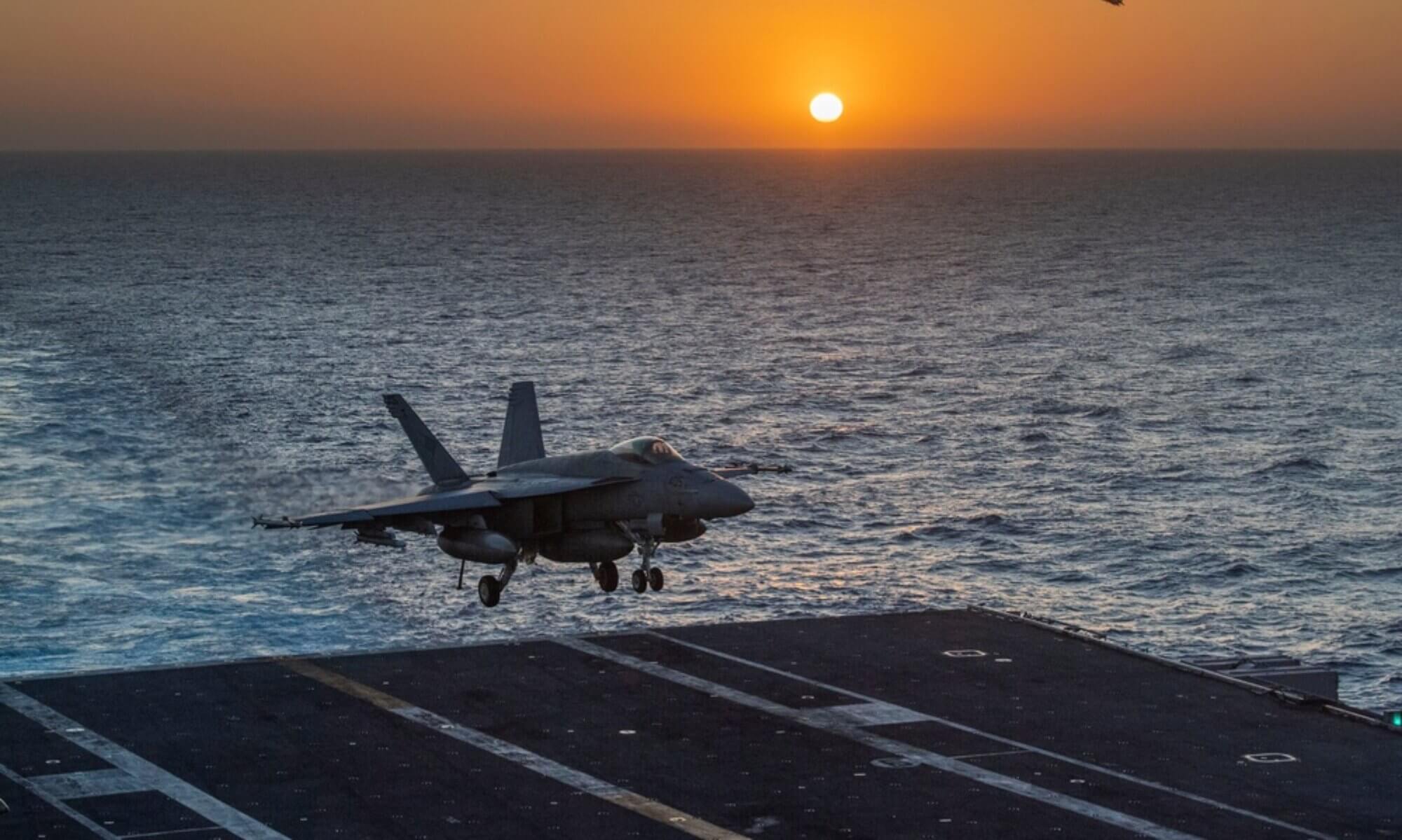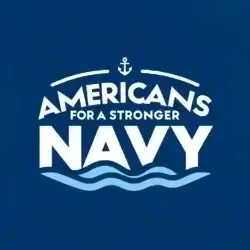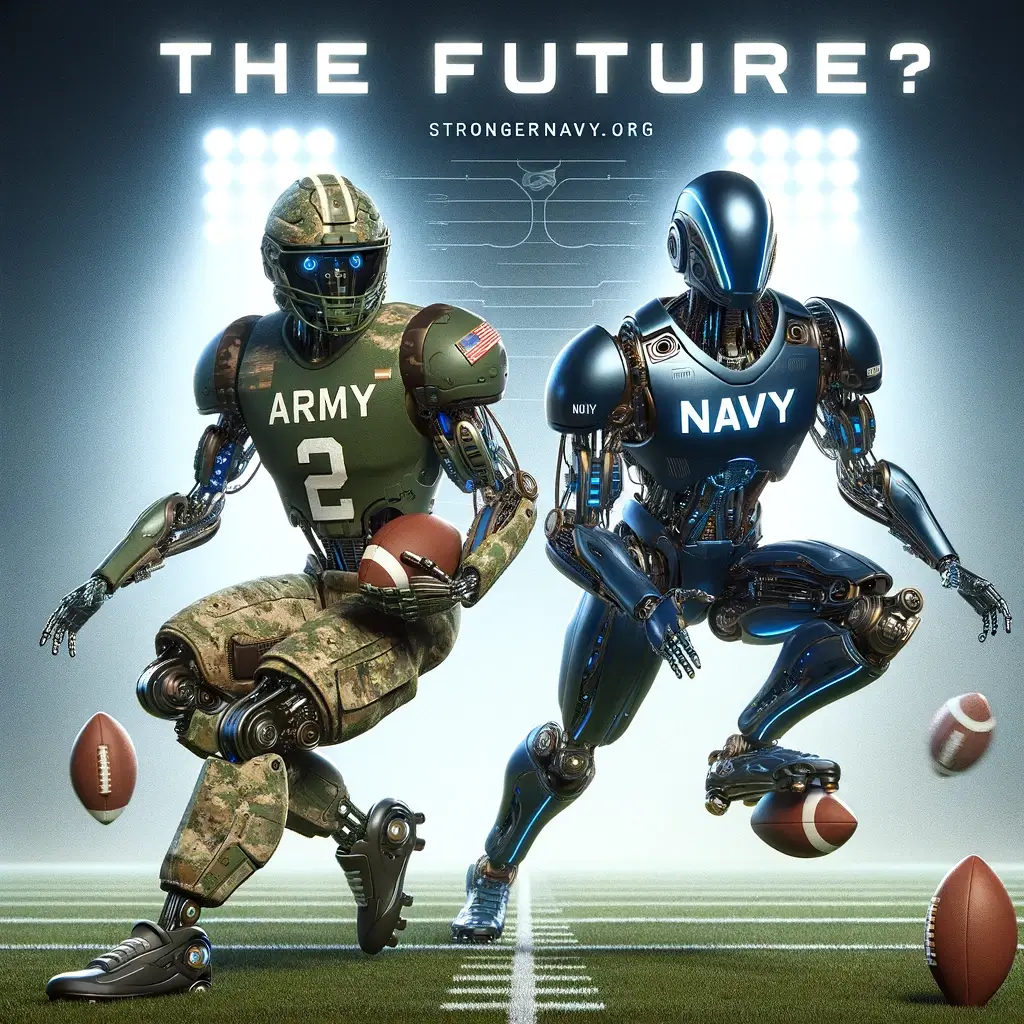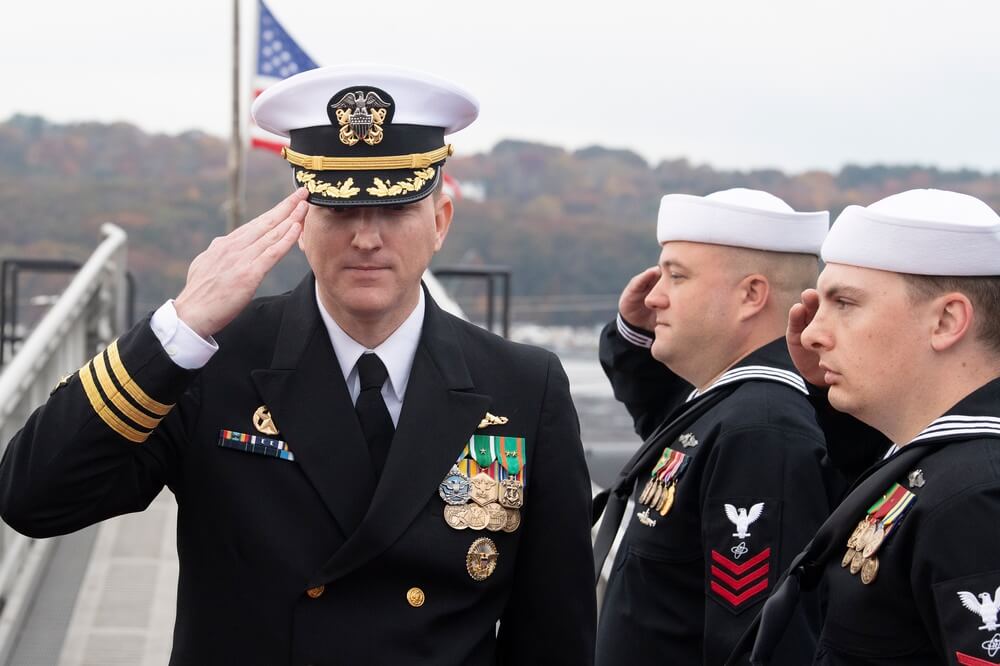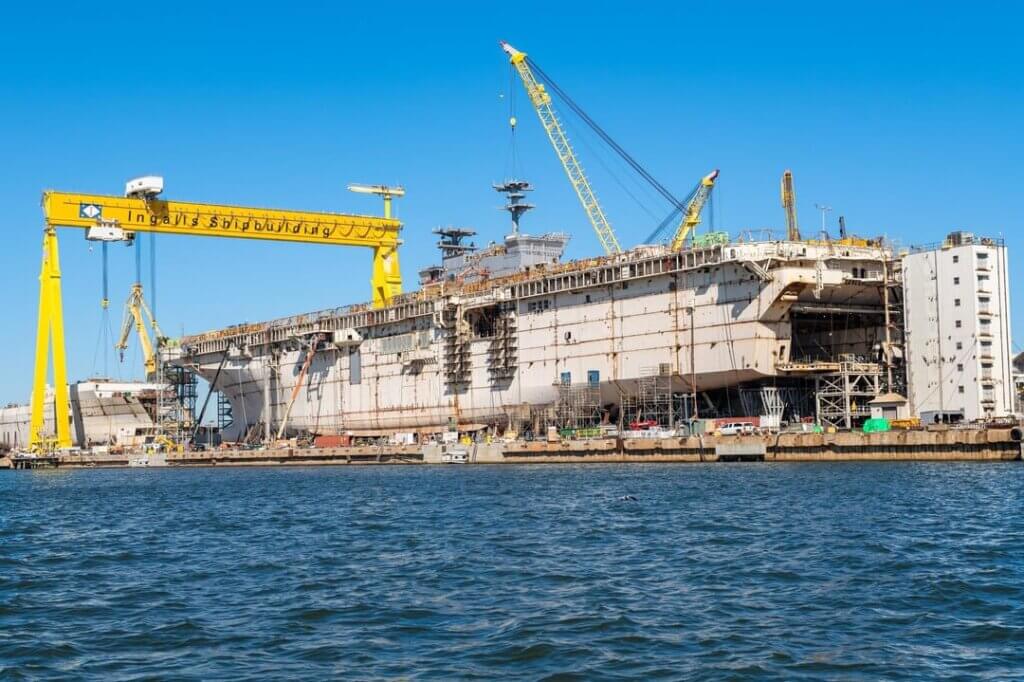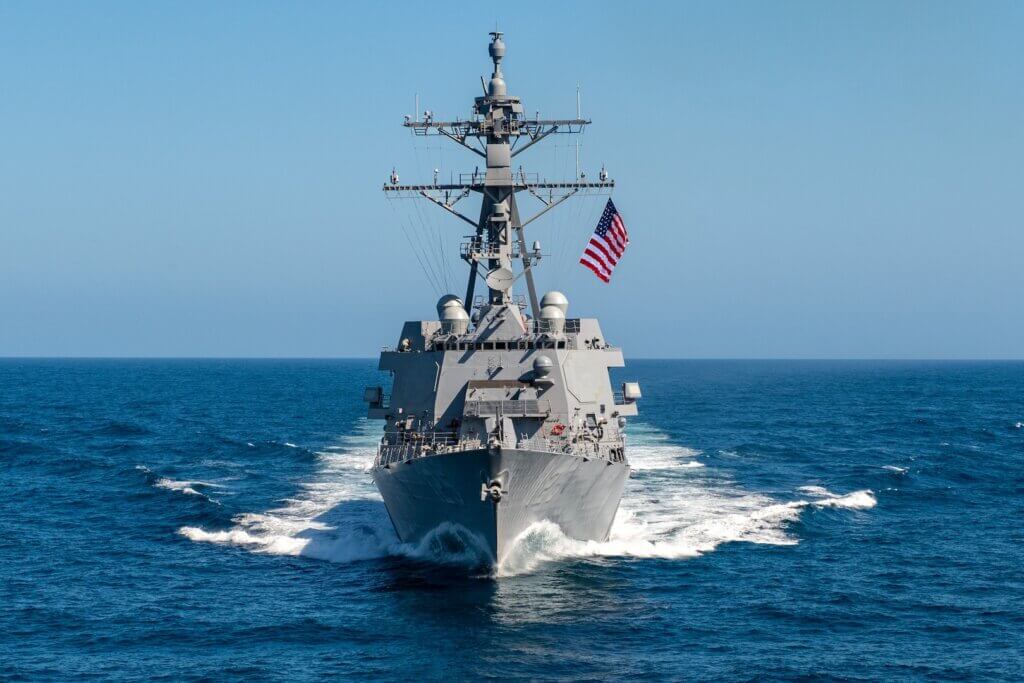
The U.S. Navy is one step closer to realizing its vision of a hybrid fleet that combines manned and unmanned ships. In a recent test, the Navy demonstrated that a diesel generator for Unmanned Surface Vessel (USV) operations can run for 720 hours without human intervention or maintenance.
This is a critical requirement for the Large Unmanned Surface Vessel (LUSV) program, which aims to develop and acquire low-cost, high-endurance, modular USVs that can carry various payloads, such as missiles, sensors, or electronic warfare systems.
What Was the Test About?
The test was mandated by Congress in the 2021 National Defense Authorization Act, which directed the Navy to achieve the 720-hour milestone before the LUSV could proceed into formal development.
The test included 100 hours of pre-testing and 720 hours of demonstration phase, during which no human intervention and no preventative or corrective maintenance on the equipment was allowed.
The test was conducted by Bollinger and Carter Machinery on behalf of Caterpillar in Chesapeake, Virginia. The Navy’s Program Executive Office for Unmanned and Small Combatants (PEO USC) and the Unmanned Maritime Systems Program Office (PMS 406) oversaw the successful test completion. The test validated that the 1550 kw Caterpillar 3512C model engine demonstrated sufficient mechanical reliability to support the requirements of an unmanned ship to operate for 30 days.
Why Does It Matter?
The test is a key milestone for the Navy’s unmanned surface vessel programs and allows the Navy to move forward with developing and acquiring the LUSV, which is envisioned to be greater than 200 ft. in length with a full load displacement of approximately 1,500 tons.
The LUSV will deliver adjunct missile magazine capacity to the Fleet as part of the Navy’s Distributed Maritime Operations concept, which seeks to leverage a more distributed and networked force to counter potential adversaries.
The LUSV is intended to be a low-cost, high-endurance, modular USV that can employ a variety of payloads, depending on the mission. The LUSV could provide additional firepower, intelligence, surveillance, reconnaissance, electronic warfare, or mine countermeasures capabilities to the Fleet, without putting human lives at risk or requiring extensive logistics support.
What Are the Implications for the Navy?
The successful test of the diesel generator for USV operations is a significant step towards achieving the Navy’s goal of a hybrid fleet that integrates manned and unmanned ships.
The LUSV program is one of the Navy’s large UV programs that pose a number of oversight issues for Congress, including issues relating to the analytical basis for the more distributed fleet architecture; the Navy’s accelerated acquisition strategies for these programs; technical, schedule, and cost risk in the programs; the proposed annual procurement rates for the programs; the industrial base implications of the programs; potential implications for miscalculation or escalation at sea; the personnel implications of the programs; and whether the Navy has accurately priced the work it is proposing to do on the programs .
The Navy is also pursuing other unmanned surface vessel programs, such as the Medium Unmanned Surface Vessel (MUSV) and the Ghost Fleet Overlord program, which aim to develop and test smaller, more agile, and more autonomous USVs that can perform various missions, such as scouting, countermine, anti-submarine, or electronic warfare
These programs are expected to complement the LUSV program and enhance the Navy’s capabilities and flexibility in the future.
The Navy’s unmanned surface vessel programs are part of a broader effort to leverage new technologies and concepts to address the challenges and opportunities posed by the changing strategic environment.
Unmanned vessels, according to their advocates, help solve both the problems of budget constraints and anti-access and area-denial threats.
They are ostensibly cheaper than manned ships, so the Navy can build a larger fleet under constrained budgets. And, since unmanned vessels do not risk human life, they can be deployed within those areas where A2/AD capabilities pose a threat .
However, unmanned vessels also come with a host of unknown risks and challenges, such as technical reliability, cyber vulnerability, legal liability, ethical dilemmas, command and control issues, and human-machine interaction.
These issues will require careful consideration and experimentation before unmanned vessels can be fully integrated into the Navy’s operations and doctrine.
Moreover, unmanned vessels are not a silver bullet that can solve all the Navy’s problems.
They still require manned support and protection, and they may not be able to perform all the functions and roles that manned ships can, such as diplomacy, deterrence, or humanitarian assistance. Unmanned vessels are not a replacement for manned ships, but rather a supplement and an enabler for them.
The Navy’s unmanned surface vessel programs are an ambitious and innovative attempt to transform the Navy’s fleet and capabilities in the face of emerging threats and opportunities. The successful test of the diesel generator for USV operations is a major achievement that paves the way for the development and acquisition of the LUSV, a key component of the Navy’s hybrid fleet vision.
However, the Navy still faces many challenges and uncertainties in implementing and integrating unmanned vessels into its operations and doctrine.
The Navy will need to continue to test, evaluate, and refine its unmanned surface vessel programs, as well as to address the various oversight issues and concerns raised by Congress and other stakeholders.
Unmanned vessels are the future of the Navy, but they are not the only future. The Navy will need to balance its investments and efforts between manned and unmanned ships, as well as between sea control and sea denial, to achieve a fleet that is capable, credible, and adaptable.
